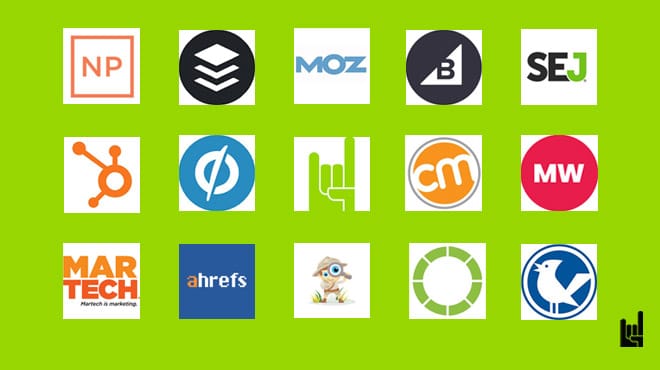Popups get a bad rap. But that’s because businesses and even marketers use them wrong.
They show up too early, block the content, or ask for too much. But when they’re well-timed and well-designed, popups can quietly become one of the most effective lead-gen tools on your WordPress site.
This guide breaks down how to make popups work without annoying your visitors.
Let’s go!
Why Popups Work (And Why Most Don’t)
Popups are built to grab attention – and that’s exactly why they fail when done lazily. A popup that shows up five seconds after a user lands isn’t helpful; it’s a roadblock. The same goes for popups that ask for an email without giving something of value in return.
The popups that work have three things in common:
- Timing: They appear when the user has shown some level of intent or engagement (not just when the page loads).
- Relevance: They match the content or context of the page – not some generic “Subscribe to our newsletter” pitch.
- Value: They offer something people actually want – a discount, a checklist, a guide – in exchange for an email or action.
If your popup doesn’t meet those three conditions, don’t expect it to convert. An experimental study of pop-up design characteristics proves that popups work only when they respect user flow and timing.
Choosing the Right Popup Strategy for WordPress
Not all popups are created equal. Some interrupt. Some convert. The difference is timing, context, and user intent. Adding a pop-up on WordPress depends on what your visitor is doing and what you want them to do next.
Here’s a breakdown of the most useful pop-up types and when to use each.
1. Entry popups
These appear the moment someone lands on a page. Use them sparingly. They’re aggressive by design and should only be used for time-sensitive announcements, urgent promotions, or compliance messages (like cookie notices). For most lead generation goals, they’re too early.
2. Exit-intent popups
These trigger when a user’s cursor moves toward the close button or back arrow. They’re ideal for last-chance offers – think discounts, lead magnets, or reminders. Because they show up as someone is about to leave, they feel less like an interruption and more like a second chance.
3. Scroll-based popups
Triggered after a user scrolls a certain percentage of the page, these popups work well on blog posts and long-form content. They wait until the reader has shown some interest before making an offer. Use them to promote content upgrades, lead magnets, or newsletter signups related to the article topic.
4. Click-triggered popups
These only appear when a user clicks a specific link or button. They’re perfect for gated content or lead capture forms – essentially, the user opts in before the popup even appears. That makes them the least intrusive option and the highest intent.
5. Timed popups
These popups appear after a set amount of time. They can work if your average time-on-page is high enough to justify them. For example, if users typically stay two minutes, a popup at the 90-second mark can catch them mid-engagement.
Popup strategy isn’t about picking one and using it everywhere. It’s about matching the right trigger to the right content and user behavior. Context beats cleverness every time.
Best Practices for Designing Lead Gen Popups
It doesn’t matter how good the offer is if the pop-up design turns people off. A popup should feel like part of the site, not a bolt-on ad. Clean design and clear messaging are what make people engage instead of bounce.
1. Prioritize clarity
Get to the point. Use one headline, one value prop, and one call-to-action. Avoid long paragraphs, multiple links, or vague offers. “Download the free guide” works better than “Stay informed with updates.”
2. Make it skimmable
People scan. Use hierarchy, spacing, and visual contrast to make your message readable in seconds. Don’t force effort.
3. Stay on-brand
A popup that looks nothing like the rest of your site feels out of place. Use your colors, fonts, and tone to create visual continuity.
4. Respect mobile users
Design for small screens first. Make buttons easy to tap, text easy to read, and close icons clearly visible. Intrusive mobile popups can hurt rankings and frustrate visitors.
Good popup design is about user experience, not decoration. Make it feel helpful, not desperate.
WordPress Popup FAQs
1. What’s the best type of popup for lead generation?
There’s no single best type. It depends on the context. Exit-intent popups are great for capturing abandoning visitors. Scroll-based and timed popups work well for blog readers. Click-triggered popups are best when you want the user to take initiative.
2. Do I need a special plugin to create a popup in WordPress?
Not necessarily. While many use plugins, it’s also possible to create a popup in WordPress without a plugin. Tools like Claspo let you build the popup externally and embed it with a script – no plugin required. This can be a cleaner option if you want to avoid bloating your site with too many extensions.
3. What should I offer in a popup?
Make the offer useful. A discount, a lead magnet, early access, or a downloadable resource all work better than a generic “Sign up” message. If it doesn’t offer real value, it won’t convert.
4. How do I make sure popups don’t hurt the user experience?
Don’t interrupt too early. Match the message to the page content. Make it easy to close. And test everything on mobile. The goal is to assist, not annoy.
5. How can I measure whether my popups are working?
Conclusion
Popups aren’t the problem. Poor timing, bad design, and irrelevant offers are. When used with intent, popups on WordPress can quietly drive signups, grow your list, and recover would-be bounces.
No tricks. Just timing, context, and value.
Need help setting up a lead gen flow that actually converts? Let’s talk!
Was this article useful?

I write for GrowthRocks, one of the top growth hacking agencies. For some mysterious reason, I write on the internet yet I’m not a vegan, I don’t do yoga and I don’t drink smoothies.



